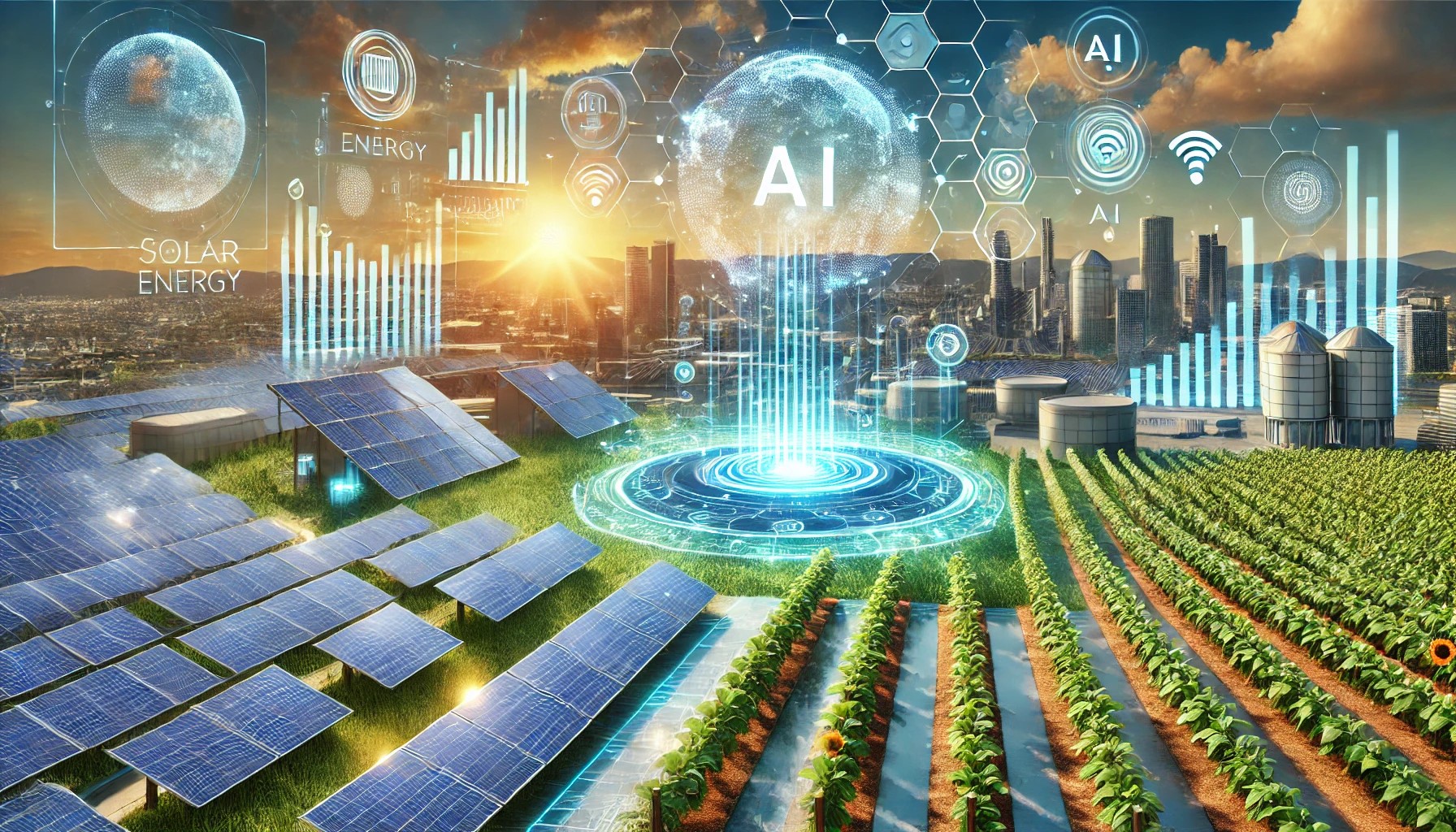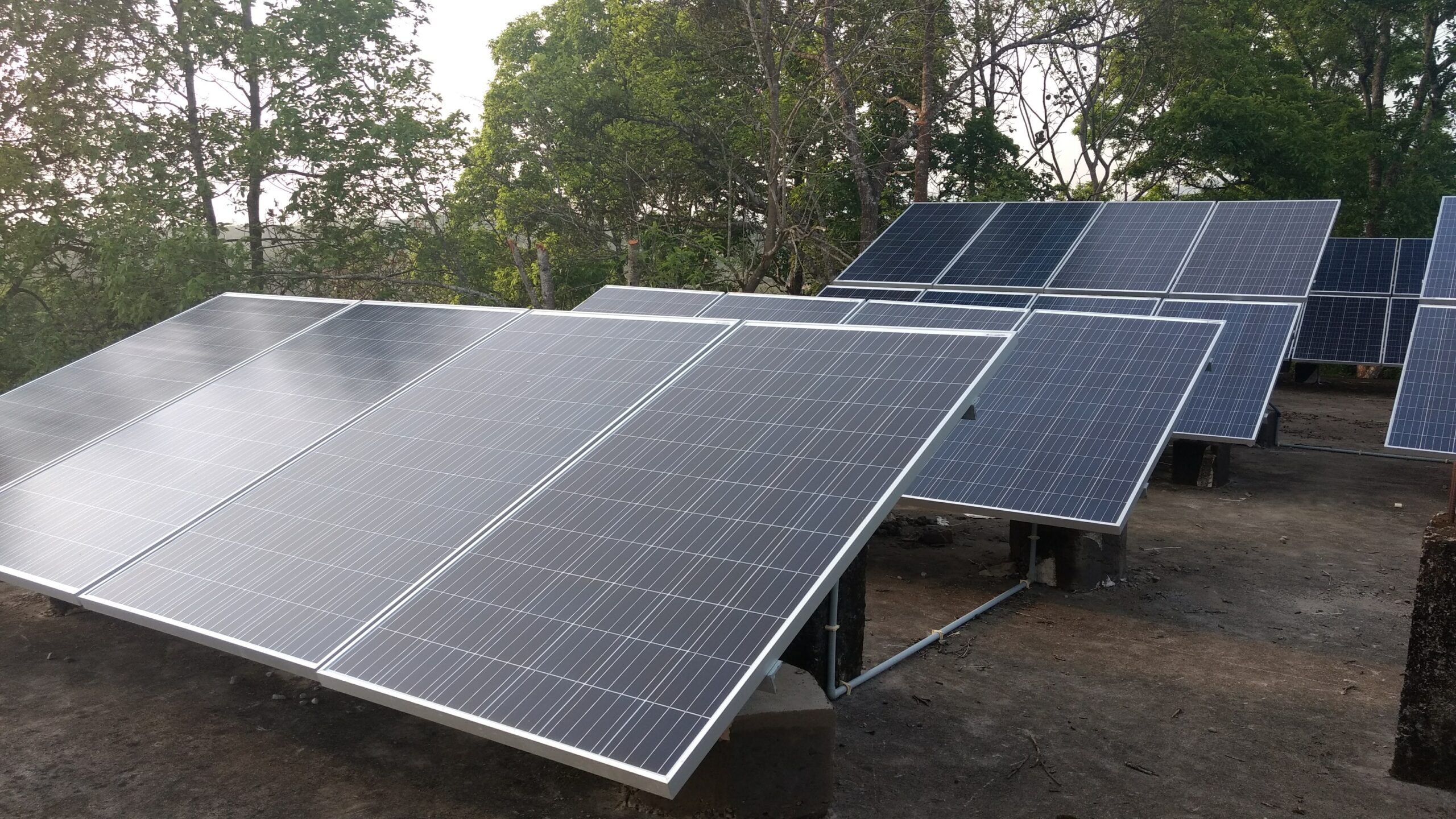
Top Solar Technology Trends to Watch in 2025
- 1.Solar Panel Technologies: Unveiling the Power of the Sun
- 2.Overcoming Challenges: Navigating the Complexities of Connecting Solar to the Grid
- 3.Top 10 Weirdest Innovations in Solar Energy Technology
- 4.Once You’ve Decided to Go Solar: What Are the Next Steps and What to Expect?
- 5.The Comprehensive Benefits of Adding Solar to Your Home or Business
- 6.The Impact of Solar Energy on Property Value: How Installing Solar Panels Can Boost Residential and Commercial Real Estate
- 7.How to Make Sure Your House or Office Building is in Top Shape and Ready for Solar Energy
- 8.How Seasonal Changes Affect Solar Panels and the Grid
- 9.New Year, New Energy: Why 2025 Is the Perfect Year to Go Solar
- 10.Keeping the Lights On: How Solar Energy Shields You from Power Outages
- 11.Top Solar Technology Trends to Watch in 2025
- 12.Spring into Savings: Why Now is the Best Time to Go Solar in Puerto Rico
- 13.Understanding the Process of Connecting Solar to the Grid: A Step-by-Step Guide
- 14.Solar and Gardening: Can Panels and Plants Coexist?
- 15.Summer Energy Savings: How Solar Power Can Lower Your Utility Bills This Summer
- 16.What Is Ground-Mounted Solar? A Complete Guide for Homeowners & Businesses
- 17.How Much Electricity Does Your Business Need to Go Solar?
- 18.Why Fall is the Best Time to Install Solar Panels
The solar industry is evolving at lightning speed, with new technologies continuously emerging to improve efficiency, reduce costs, and enhance sustainability. As we move into 2025, the solar energy landscape is poised for significant advancements that promise to reshape how we generate and use clean energy. Whether you’re a homeowner considering solar panels, a business looking to reduce operational costs, or simply curious about the future of renewable energy, here are the top solar technology trends to watch this year.
- Bifacial Solar Panels: Maximizing Efficiency from All Angles
Bifacial solar panels are no longer just a futuristic concept—they’re becoming mainstream in 2025. Unlike traditional solar panels that absorb sunlight on one side, bifacial panels are designed to capture sunlight from both the front and back. This innovative design allows them to harness reflected light from surfaces like rooftops or the ground, increasing energy generation by up to 30%.
The growing popularity of bifacial panels is driven by their enhanced efficiency and decreasing costs. With more manufacturers investing in this technology, homeowners and businesses can expect better performance and faster return on investment. For commercial installations, especially in open spaces like parking lots and solar farms, bifacial panels are a game-changer.
- Solar Tiles: Seamless Integration with Aesthetics in Mind
Gone are the days when bulky solar panels were the only option. Solar tiles are emerging as a sleek and stylish alternative, blending seamlessly with traditional roofing materials while generating clean energy. In 2025, we’re seeing rapid advancements in solar tile durability, efficiency, and affordability, making them a viable option for modern homeowners.
One of the key advantages of solar tiles is their aesthetic appeal. They’re designed to look like conventional roof shingles, maintaining the architectural integrity of homes while providing energy savings. Companies like Tesla and GAF Energy are leading the charge in this space, making solar adoption more appealing to those concerned about curb appeal.
- Perovskite Solar Cells: The Next Frontier in Solar Efficiency
Perovskite solar cells are set to revolutionize the solar industry with their lightweight, flexible, and highly efficient properties. These cells are made from a unique crystalline material that can be printed onto surfaces using low-cost manufacturing processes. In 2025, researchers are perfecting their stability and durability, bringing them closer to commercial availability.
The potential of perovskite solar cells is enormous. They can be integrated into windows, building facades, and even vehicles, expanding the possibilities for solar energy generation beyond rooftops. Additionally, their lightweight and flexible nature makes them ideal for portable solar devices, contributing to the growing demand for off-grid and mobile power solutions.
- Advanced Energy Storage Solutions: Powering the Future
As solar adoption continues to grow, so does the need for effective energy storage solutions. In 2025, advancements in battery technology are paving the way for more efficient and affordable storage systems, allowing users to store excess solar energy for use during cloudy days or at night.
Lithium-ion batteries remain popular, but new technologies like solid-state batteries and sodium-ion batteries are gaining traction. Solid-state batteries offer higher energy density, faster charging, and enhanced safety compared to traditional lithium-ion batteries. Meanwhile, sodium-ion batteries are emerging as a cost-effective alternative due to the abundance of sodium resources.
These advancements are making solar energy more reliable and accessible, especially for off-grid applications and areas prone to power outages. Homeowners and businesses can now achieve greater energy independence while contributing to grid stability and sustainability.
- Artificial Intelligence and Smart Energy Management
Artificial Intelligence (AI) is playing a crucial role in optimizing solar energy systems. In 2025, AI-powered software is becoming more sophisticated, enabling real-time monitoring, predictive maintenance, and intelligent energy distribution. These systems analyze weather patterns, energy consumption habits, and grid demands to maximize efficiency and minimize costs.
For homeowners, AI integration means smarter energy usage and cost savings. Smart inverters, for example, can automatically adjust power output based on demand and grid conditions. For businesses, AI-driven energy management systems optimize energy consumption across multiple locations, ensuring operational efficiency and reducing carbon footprints.
- Agri-Photovoltaics: Combining Solar Energy and Agriculture
Agri-photovoltaics, or agrivoltaics, is an innovative approach that combines solar energy generation with agricultural activities. In 2025, this trend is gaining momentum as farmers and solar developers collaborate to maximize land use. By installing solar panels above crops, agrivoltaics provides partial shade, reducing water evaporation and improving crop yield while simultaneously generating clean energy.
This dual-use model is particularly beneficial in regions experiencing extreme weather conditions, as it enhances agricultural resilience and sustainability. Additionally, agrivoltaics opens up new revenue streams for farmers, making it a win-win solution for energy and food production.
- Community Solar Projects: Expanding Accessibility and Equity
Community solar projects are transforming the way people access solar energy. These projects allow multiple users, including renters and those with shaded roofs, to benefit from a shared solar installation. In 2025, community solar is expected to grow significantly, driven by supportive policies and increasing demand for equitable access to renewable energy.
By participating in community solar, users can subscribe to a portion of the energy generated and receive credits on their utility bills. This model not only reduces electricity costs but also expands solar access to underserved communities, promoting energy equity and sustainability.
Why These Trends Matter
The rapid advancement of solar technology is making clean energy more efficient, affordable, and accessible than ever before. As these trends continue to evolve in 2025, homeowners and businesses can expect better performance, greater energy independence, and more aesthetically pleasing options.
For those considering solar energy, now is the perfect time to explore these emerging technologies. Whether you’re looking to reduce energy costs, minimize your carbon footprint, or invest in sustainable solutions, the future of solar is bright.
Stay Ahead with MFS Solar
At MFS Solar, we’re committed to staying at the forefront of solar technology. Our team of experts is here to guide you through the latest trends and help you find the best solar solutions tailored to your needs. Ready to make the switch to clean energy? Contact us today to learn more about our innovative solar products and services.
Final Thoughts
As we move through 2025, these solar technology trends are set to reshape the renewable energy landscape. By staying informed and embracing innovation, you can make the most of your solar investment and contribute to a sustainable future.
Curious about how these trends can benefit you? Follow our blog for more insights or reach out to us directly—let’s power a brighter tomorrow together.


